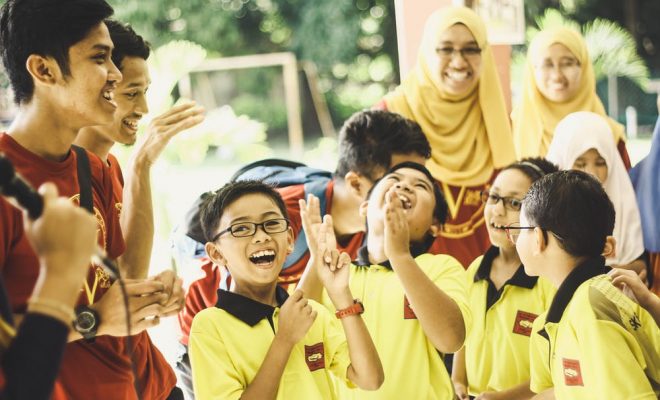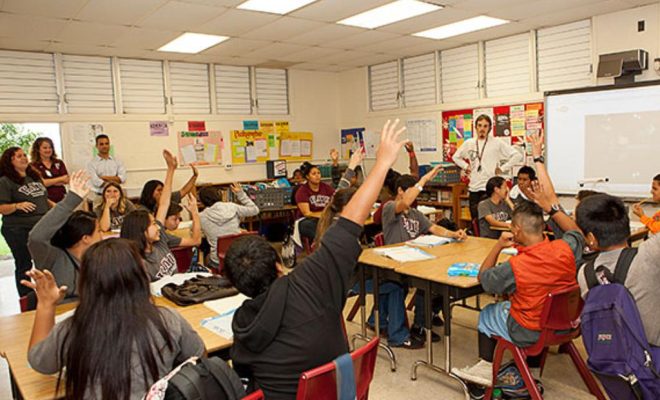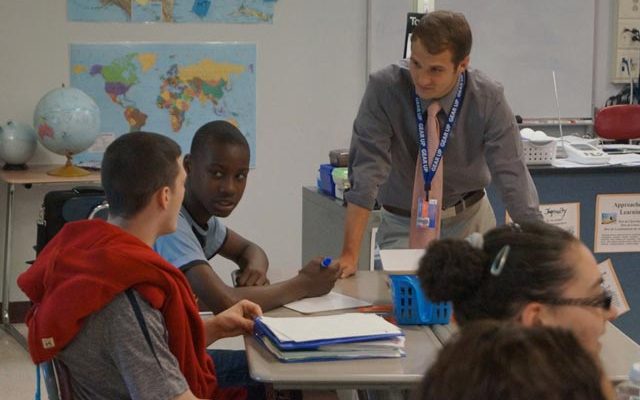Nurturing Reflective Relationships in Your Classroom

Teaching is a profession like no other. Even with the best of plans, things can go awry quickly.
Imagine starting off your day like the teacher in this class:
It’s already 10:30 in the morning. Nothing has gone right so far in the classroom. Three students missed the first hour of the day. Then more than half the class failed the math test. One student threw up. Another had a meltdown.
When Alex knocked over the homework bins and scattered papers everywhere, the teacher stopped and yelled at him for a full minute for being so careless. How could he be so clumsy?
The other students froze in place, wide-eyed, and unsure of what would happen next.
This scenario plays out in more classrooms than we’d like to think. After all, like Alexander, kids and teachers are both humans. They have terrible, horrible, no good, very bad days. We all do, but we handle them differently.
How different could the day have been for everyone if they had had time to reflect instead of respond?
Why we need reflective relationships
We overcome the negative in over lives by developing a positive outlook.
One of the ways to cultivate this outlook is by nurturing reflective relationships in the classroom. According to the American Psychological Association, creating a positive relationship in the classroom is the best way to support learners in your classroom. The rapport between a teacher can student can set students on the right path to social skill development.
Reflective relationships begin by listening to others. Teachers and students want to hear each other’s viewpoints. They work together to discover what works and what doesn’t. Building reflective relationships is about helping each other be as effective as possible.
Creating reflective relationships in your classroom
The reflective relationship is based on a positive school climate. This climate must include safety and support. The physical and social environment must be a safe one where students can take appropriate risks in learning. They also require emotional and academic support.
When nothing seems to be working in the classroom, call a timeout. Make sure children who arrive late know that you’re glad to see them. Take care of anyone who becomes ill. If 50% or more of the class didn’t understand something, it’s time to reteach. Most of all, let Alexander know that accidents happen. De-stress everyone by sorting the homework and putting the classroom back in order. Start over after lunch.
You can build reflective relationships even when things are on the right track. Look for those students who need your help.
The Harvard Graduate School of Education recommends relationship mapping to build positive teacher–student relationships. The goal is to create a connection between every student and at least one positive, caring adult. The school faculty – or even a team of teachers – identify which students would benefit from the relationships. Teachers engage in the same reflection activities they’ll use with their students.
When things don’t go the way we imagine they should, it’s time to step back. Take a moment to breathe. Reflect.
Reflective relationships consider what has worked in the past so everyone can move forward in the present.



